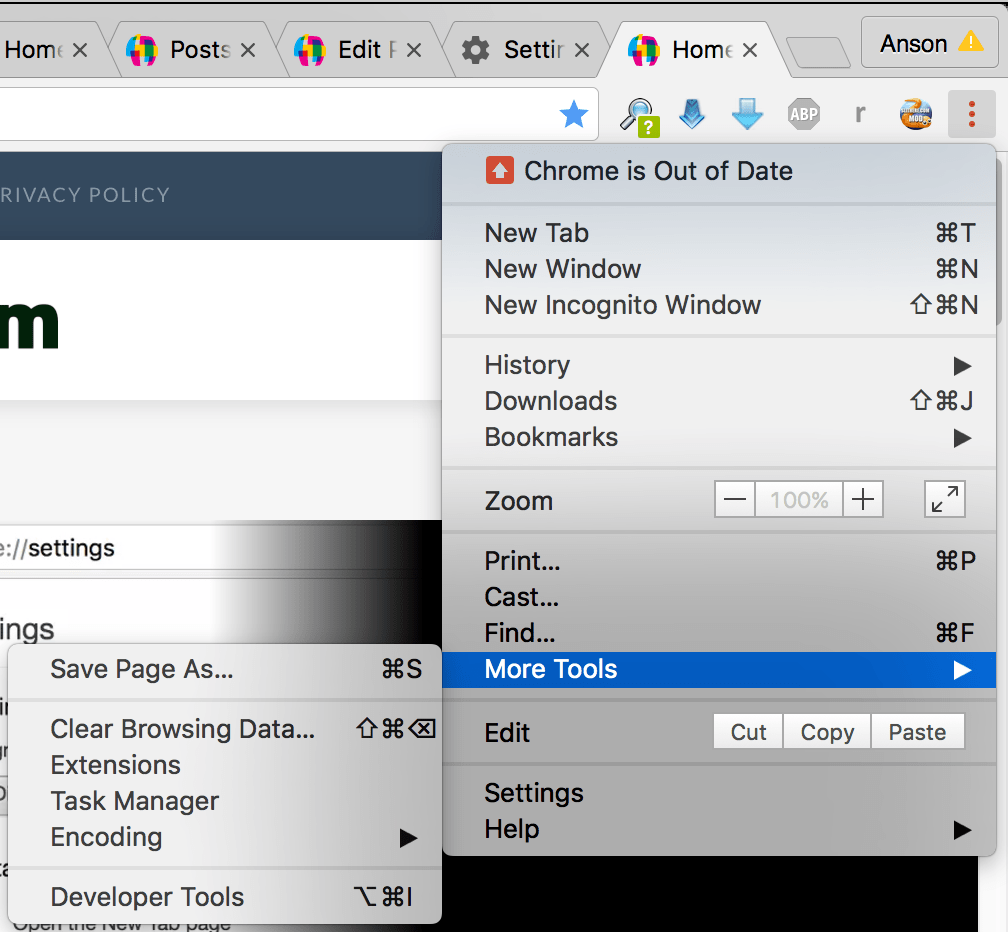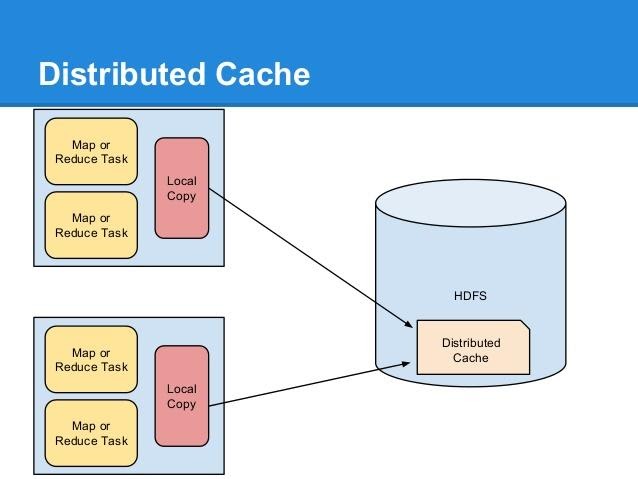

He called such memory models "slave memory". This resulted in the concept of cache memory, first proposed by Maurice Wilkes, a British computer scientist at the University of Cambridge in 1965. This issue motivated the creation of memory models with higher access rates in order to realize the potential of faster processors. CPUs were increasingly capable of running and executing larger amounts of instructions in a given time, but the time needed to access data from main memory prevented programs from fully benefiting from this capability. The gap between the speed of CPUs and memory meant that the CPU would often be idle. In the history of computer and electronic chip development, there was a period when increases in CPU speed outpaced the improvements in memory access speed.
#PRIVATE CACHE TYPE MANUAL#
Additionally, for some CDNs, you can issue manual invalidations to flush the existing cache without changing any filenames. If you release a new version of a CSS style sheet, you can name it styles-1.0.1.css, and the user’s browser (and any CDNs in front of it) will see it as a new file that needs to be redownloaded. You can always use versioned filenames to trigger a cache reload. For things that you might want to update, you’ll want to set lower TTL values to prevent stale resources from being in the cache for too long. For static resources that don’t change much, you can set very high TTL values, usually around two years. Referred to as the Time-To-Live (TTL), the maximum age of your cached resources determines how long the object will stay in cache before being invalidated, and prompting the user to request a new object. The amount of time object spend in the cache is also important. Static resources, like CSS and images, can usually be cached for everyone, often for much longer. If it shows confidential user info, you’ll want to blacklist it from your cache. Doing so will risk displaying one user’s personal information to others. As a general rule, if the page is going to be the exact same for all users, like your home page, you can cache it.
#PRIVATE CACHE TYPE HOW TO#
If you’d like to learn more about CDNs, you can read our guide on them here.Ĭache-Control is a header that you can configure your web server to add to all outgoing requests, which will tell the browser and CDNs how to cache your content.Ĭertain pages should never be cached by shared caches like CDNs.

This network caches your pages, increasing your maximum bandwidth, reducing the access latency, and greatly reducing the stress placed on your origin server. A CDN is a network of servers that sit in front of your main web server, or “origin” server. This is a client-side cache, but many sites will also make use of a Content Delivery Network, or CDN.

When they navigate to a new page, it will load your logo from memory rather than asking for it again, speeding up performance significantly and reducing the load on your web server in the process.
#PRIVATE CACHE TYPE DOWNLOAD#
The first time a user connects to your site, they will download all static resources necessary to render the page, including things like your logo. Each user’s browser makes use of a built-in cache to store downloaded objects, which can significantly speed up repeat visits to your website by loading from disk rather than the network.


 0 kommentar(er)
0 kommentar(er)
